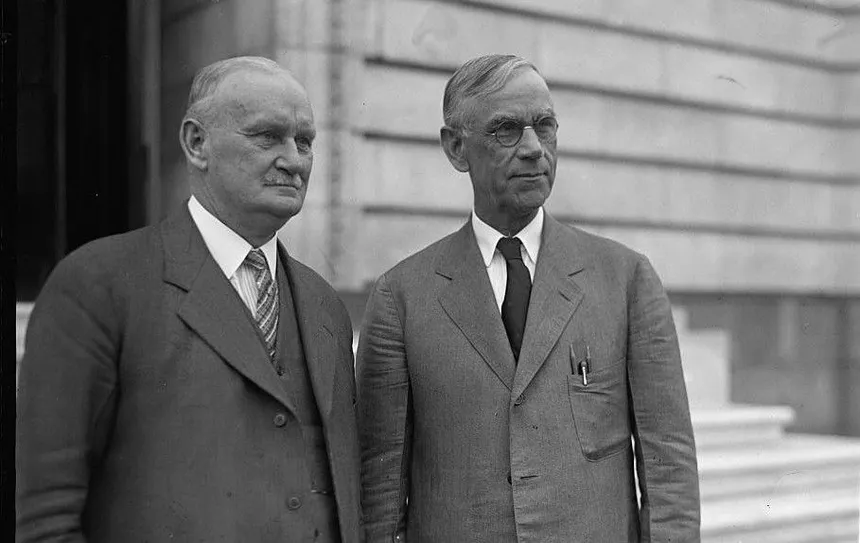
U.S. Tariffs, The Great Depression & World Wars
[Source] If you’ve been suckered into believing that the imposition of U.S. tariffs is a good thing for anybody except the banksters who control almost every government worldwide, you need to read the following passages and then check the facts cited for yourself.
Contraction of Money Supply
In August 1929, the Federal Reserve raised the interest rate to 6%. The monetary base immediately began contracting, falling by over 7% between October 1929 and October 1930. The U.S. economy was now in a deep depression.
Contrary to popular imagination, there was no financial crisis during the first year, primarily because of the contraction of the money supply and the imposition of tariffs on imports being the actual causes of the Great Depression, rather than the infamous stock market crash.
Stock Market Crash
The crash began on October 24, 1929, known as “Black Thursday,” when 12.8 million shares were sold; continuing on October 29, 1929 – “Black Tuesday,” with 16 million shares traded. Naturally, the market continued to decline for several weeks before stabilizing on November 23, 1929.
Some economists argue that the crash was influenced by negative media reports triggered by the ongoing Smoot-Hawley Tariff Act negotiations, which no doubt increased investor uncertainty and fear of what was to come.
Nevertheless, the crash marked the beginning of the Great Depression, a period of severe economic downturn that lasted until 1939.
Read more...